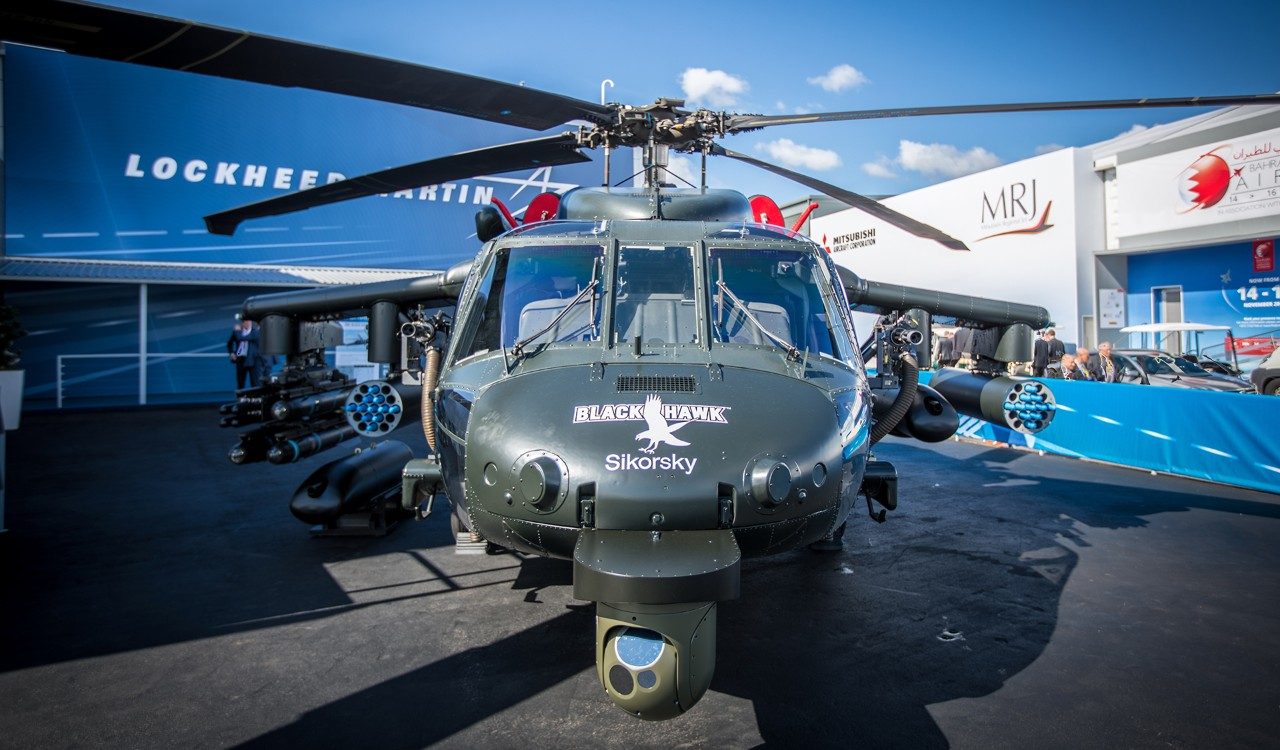
Engineering the Future of Vertical Lift
Throughout the history of aviation there are key names attributed to innovation and science so extraordinary they have stood the test of time. The Wright brothers, Glenn L. Martin, Alexander Graham Bell, John Joseph Montgomery, Glenn Curtiss and Igor Sikorsky to name a few. Some could say history also was made when Lockheed Martin completed the acquisition of Sikorsky in 2015 combining the world’s largest defense contractor and manufacturer of the most advanced fixed-wing aircraft in the world, the F-35 Lightning II, with one of the world’s largest helicopter manufacturers, Sikorsky. If Glenn and Igor could see their companies now.
The Black Hawk and S-92 helicopters are strangers to no one on the aviation circuit. Considered among the most technologically advanced helicopters in the world for the military and commercial industries, respectively, these rotary aircraft can adapt to a multitude of missions – military, police, fire, energy, utility, and search and rescue.
Perhaps the most iconic military helicopter, the Black Hawk has fought its way in and out of countless combat zones the last 35 years to deliver and extract troops, save lives as a MEDEVAC or casualty evacuation platform, provide critical supplies to troops, deliver emergency supplies during natural disasters and perform as an aerial firefighter and border patroller. And its role as an armed assault platform continues to grow with the development of a weapons kit that will see Sikorsky add an integrated system of guns, rockets and missiles. You could say it’s the Super Hercules of the helicopter world.
Sikorsky has delivered more than 4,000 Black Hawk and (naval) Seahawk aircraft worldwide. While all five branches of the United States armed forces fly some version of a Sikorsky aircraft, the U.S. Army is the largest Black Hawk operator with 2,300 UH-60 designated aircraft in service.
In the commercial realm, the S-92 helicopter has set the industry safety standard with more than one million fleet flight hours of service and an accident rate less than 1/10 the U.S. Civil Multi-Turbine engine helicopter accident rate. Built for the most diverse of missions, the S-92 is fit to transport the highest of ranked officials on their best day, while maintaining the agility and all-weather security needed for lifesaving missions of others’ worst.
No Strangers Here

A natural fit to those familiar with the values, innovative nature and future-forward focus of both businesses, the marrying of this rotary aircraft giant and fixed-wing phenom is no cause for head scratching. Together Lockheed Martin and Sikorsky bring unprecedented capability, industry knowledge and know-how to the design, manufacture and support of military and commercial aircraft —ultimately fulfilling a broader goal to support global customers in all their varying missions.
Both businesses also stand to learn something from each other as Sikorsky offers a commercial focus with an oil and gas sector niche, and Lockheed Martin brings forward the manpower and mission systems knowledge that attracts new customers to an expansive international military rotary wing market.
With more than a year of integration under the belt, Sikorsky’s transition into Lockheed Martin as part of the Rotary and Mission Systems (RMS) business segment, has remained smooth and progresses on schedule. The team has turned to the work at hand, hand-in-hand, to move forward with work in progress and focus on what’s to come in Future Vertical Lift.




